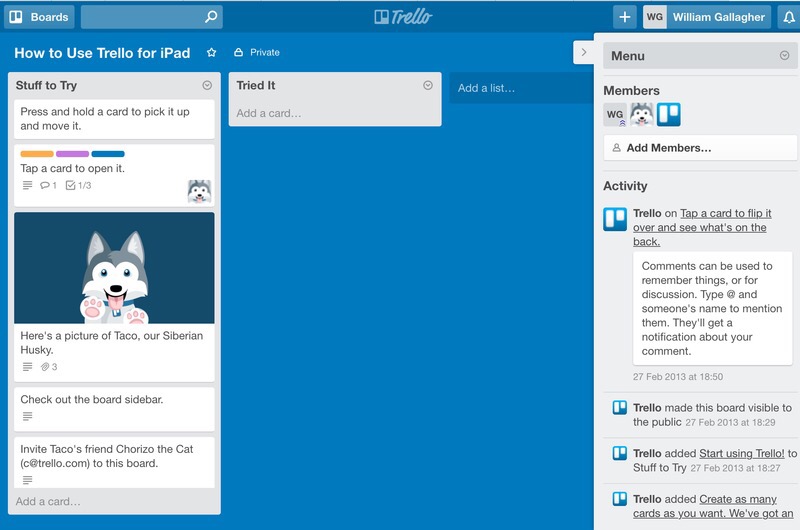I saw something like this at the BBC a couple of times:
If your team deals with important issues and team members have strong views on those issues, you can end up in a deadlock. When that happens, people dig into their own preferred solutions, operating from a unilateral control mindset where everyone believes that he or she understands the situation and is right, and that those who disagree just don’t understand the situation and are wrong. When all team members are thinking and acting this way, it creates a vicious reinforcing cycle. The more people try to prevail, the more people stand their ground, and the less likely it is that the team will ultimately resolve anything.
How to Break Through Deadlock on Your Team – Roger Schwarz, Harvard Business Review (7 July 2015)
I admit I read that and thought oh, bless. It assumes everyone on the team wants the best for the group, that the only difference is in how they think it should be done. In this positive kind of world there are no people out for themselves, nobody who sees this job as a temporary stepping stone to a better one if they come out looking good.
So I’m not recommending you follow every piece of advice in this boy scout kind of article but this is Harvard Business Review, they ought to know what they’re doing, so I am saying you should read the full piece.
The short answer is that talking to everyone and learning what brings them to their conclusions can help. It can, it’s true. Firing a few people focuses the mind too.
